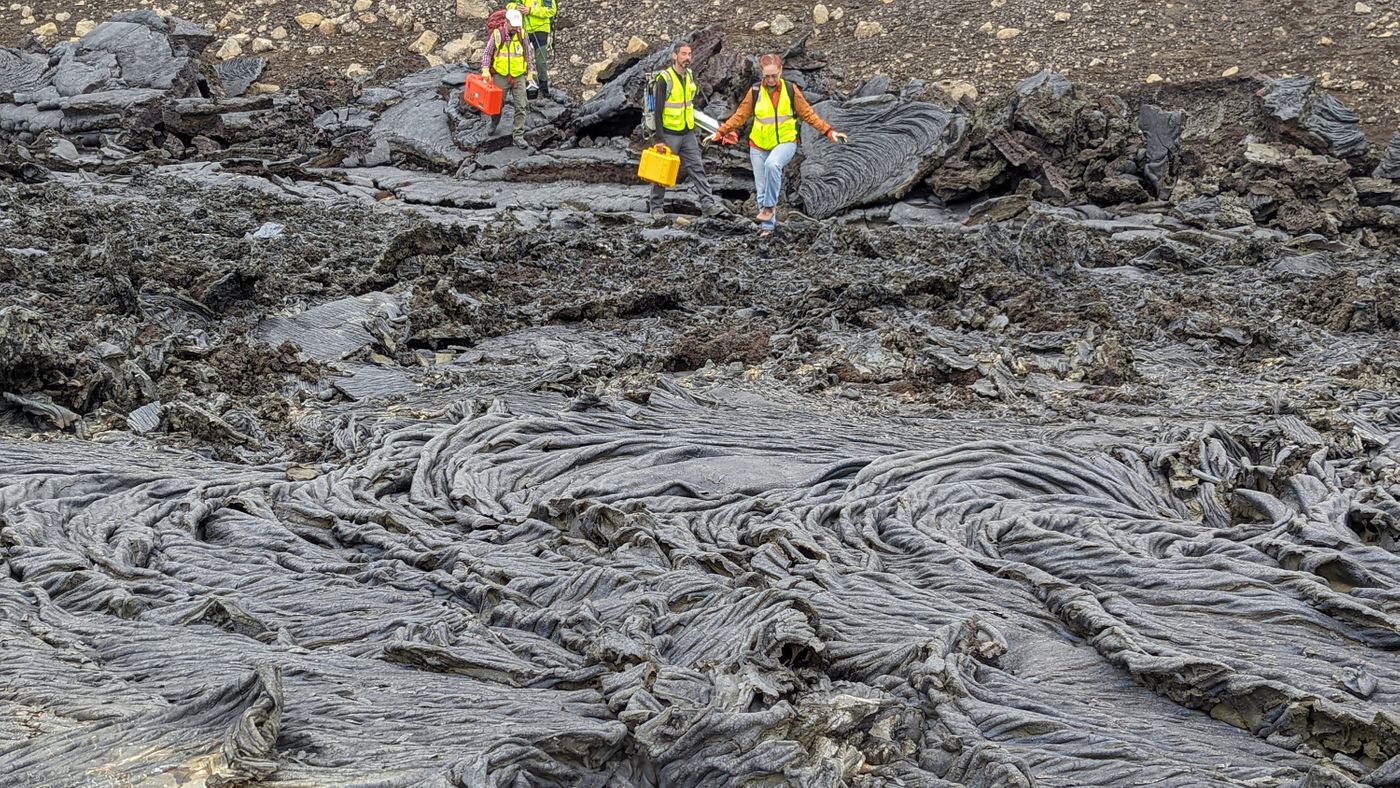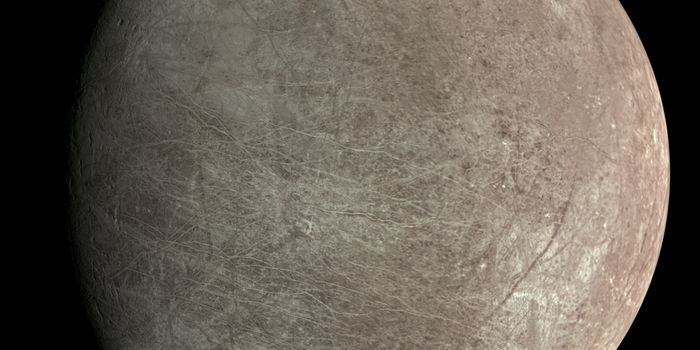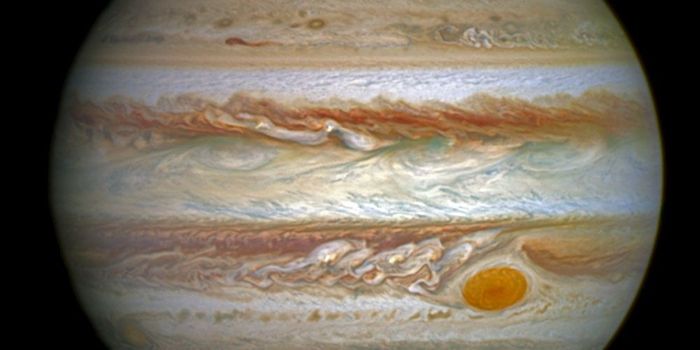Studying Venus on Earth: Iceland as a Stand-in for VERITAS Mission
An international team of researchers led by NASA’s Jet Propulsion Laboratory (JPL) recently traveled to Iceland to perform an analog study on the volcanic behavior of the most inhospitable planet in the entire solar system, Venus, in preparation for NASA’s eventual VERITAS (Venus Emissivity, Radio science, InSAR, Topography, And Spectroscopy) mission to the second planet from the Sun. While this two-week excursion last month comes after NASA announced in November 2022 that VERITAS was postponed, and later referred to as “functionally a soft cancellation”. Despite the VERITAS mission not slated to launch until sometime in the 2030s, this hasn’t stopped scientists from wanting to learn more about Venus and its volcanic attributes.
VERITAS science team members exploring a recent lava flow during their Iceland excursion in early August. The researchers used the volcanic environment as a Venus analog to test radar technologies and techniques for the eventual VERITAS mission to Venus. (Credit: NASA/JPL-Caltech)
“Iceland is a volcanic country that sits atop a hot plume. Venus is a volcanic planet with plentiful geological evidence for active plumes,” said Dr. Suzanne Smrekar, who is the principal investigator for VERITAS and a senior research scientist at NASA JPL. “Its geological similarities make Iceland an excellent place to study Venus on Earth, helping the science team prepare for Venus.”
As part of the two-week excursion, the 19-person team from the United States, Italy, Germany, and Iceland collected data and samples using a combination of air and ground methods to analyze volcanic deposits and active volcanism over two locations on the small island. For the first week, the team examined the Holuhraun lava field which resides in the Icelandic Highlands, which features active volcanic lava flows and recent volcanic deposits. For the second week, the team traveled to southwestern Iceland to explore the volcanically active Fagradalsfjall region which resides on the Reykjanes Peninsula.
While researchers collected samples on the ground, a 228-212 aircraft with the German Aerospace Center conducted investigations from approximately 20,000 feet using synthetic aperture radar with a combination of S-band radio frequencies—which NASA’s Magellan spacecraft used to map Venus in the 1990s—and X-band radio frequencies—which the VERITAS spacecraft is slated to use on its mission—to develop computer algorithms that could help VERITAS determine how much the surface of Venus has changed since Magellan’s mission.
“The different surface characteristics and features seen on Venus relate to volcanic processes, which relate back to the interior of Venus,” said Dr. Smrekar. “This data is going to be valuable to VERITAS to help us better understand Venus. It will also help the European Space Agency’s EnVision mission, which will study Venus’ surface with S-band radar, and the community at large that wants to understand radar observations of volcanic planetary surfaces.”
How will this new data help the eventual VERITAS mission and how will it help scientists better understand Venus in the coming years and decades? Only time will tell, and this is why we science!
As always, keep doing science & keep looking up!
Sources: NASA JPL, NASA, SpaceNews, SpaceNews (1), NASA (1), NASA (2), NASA (3)









